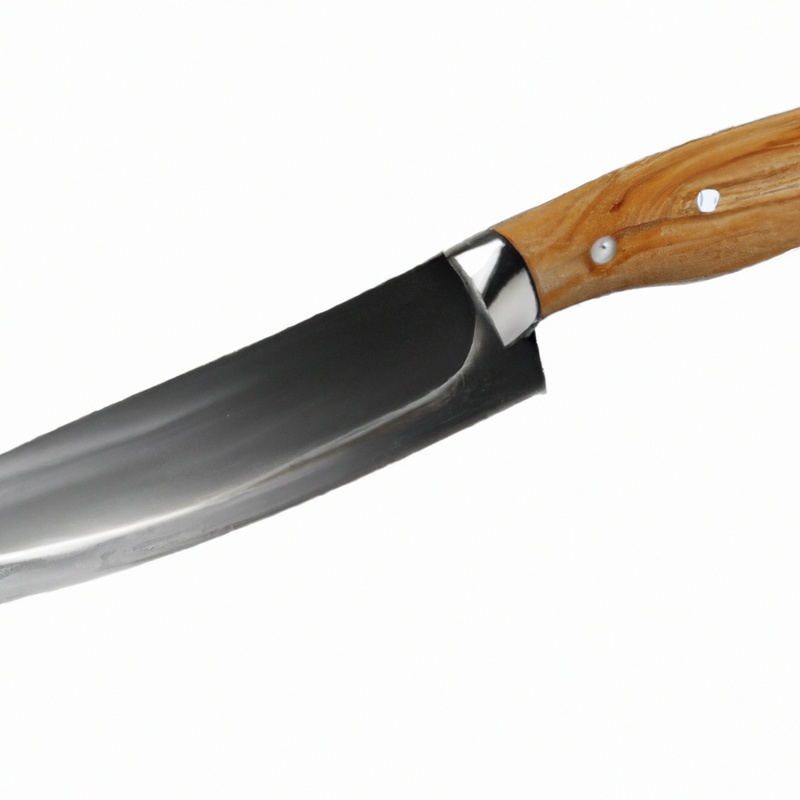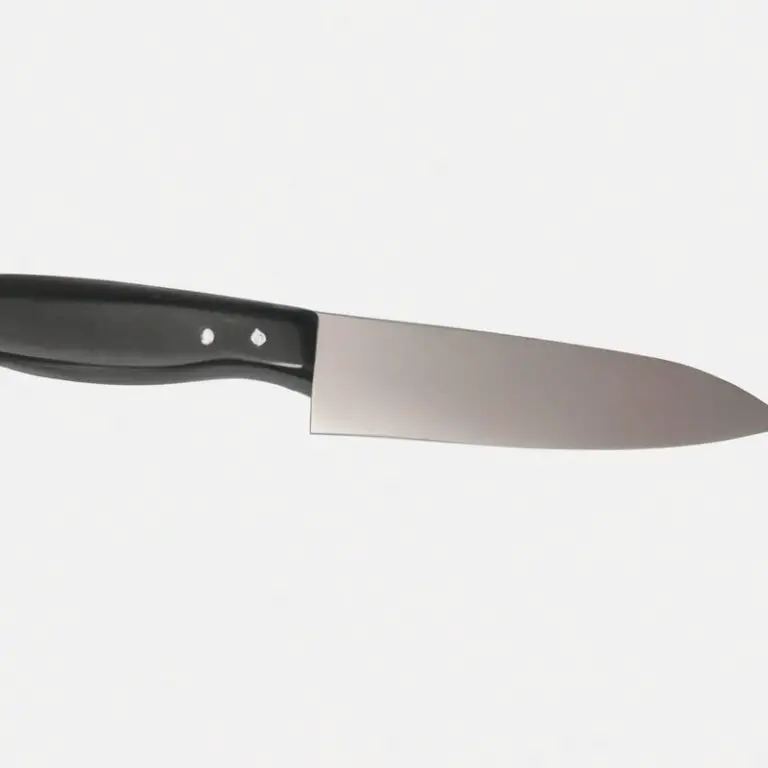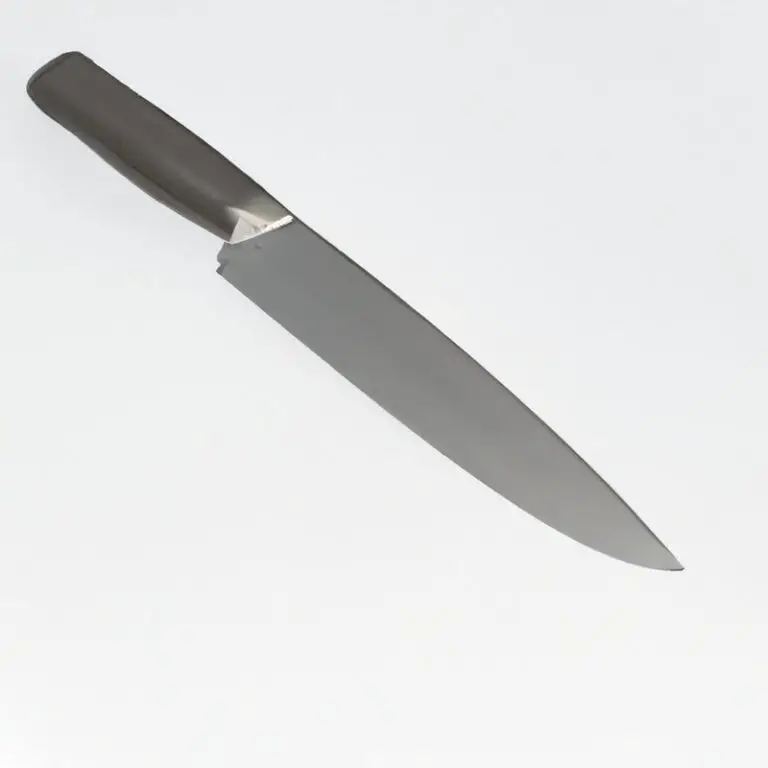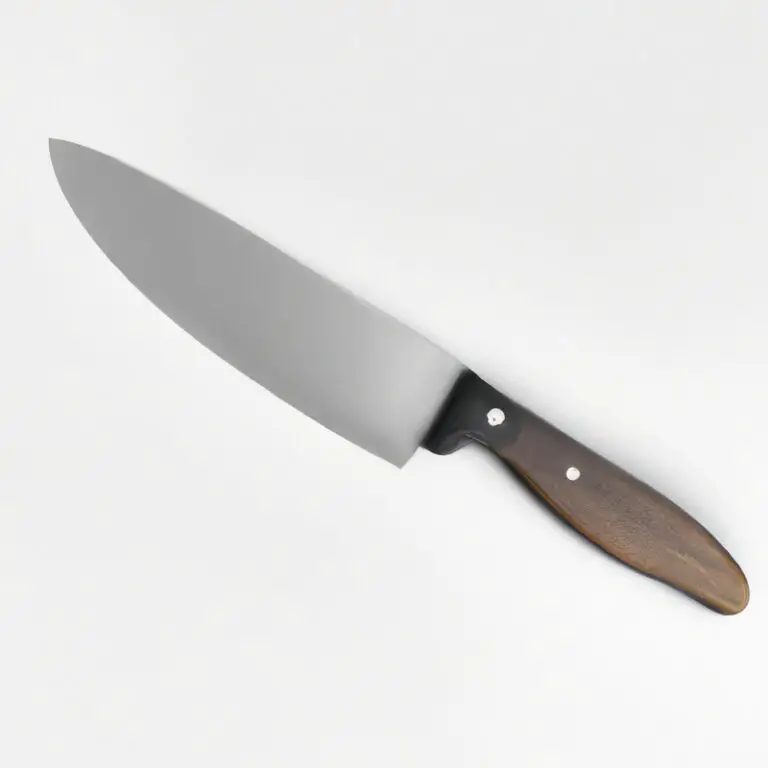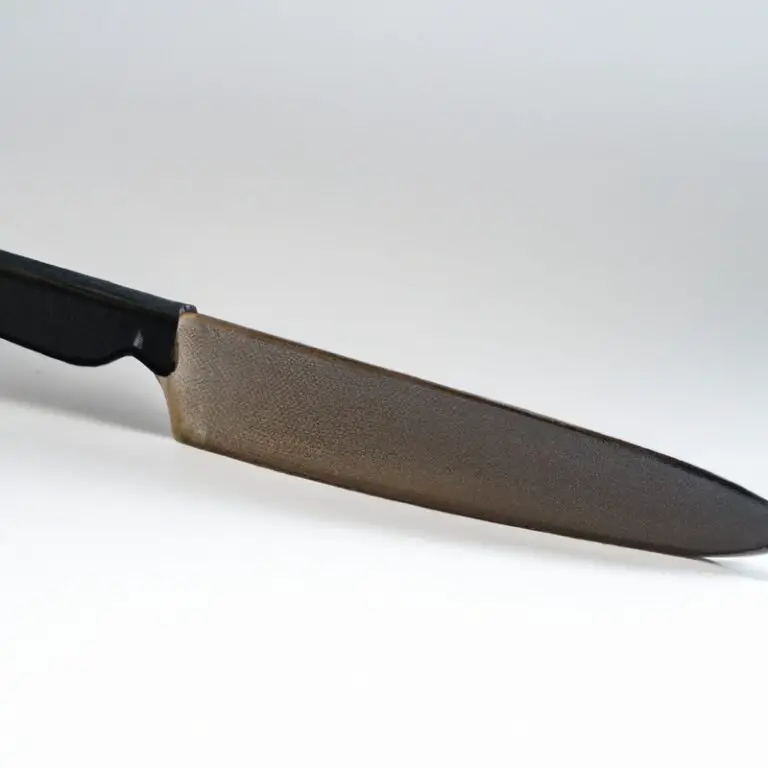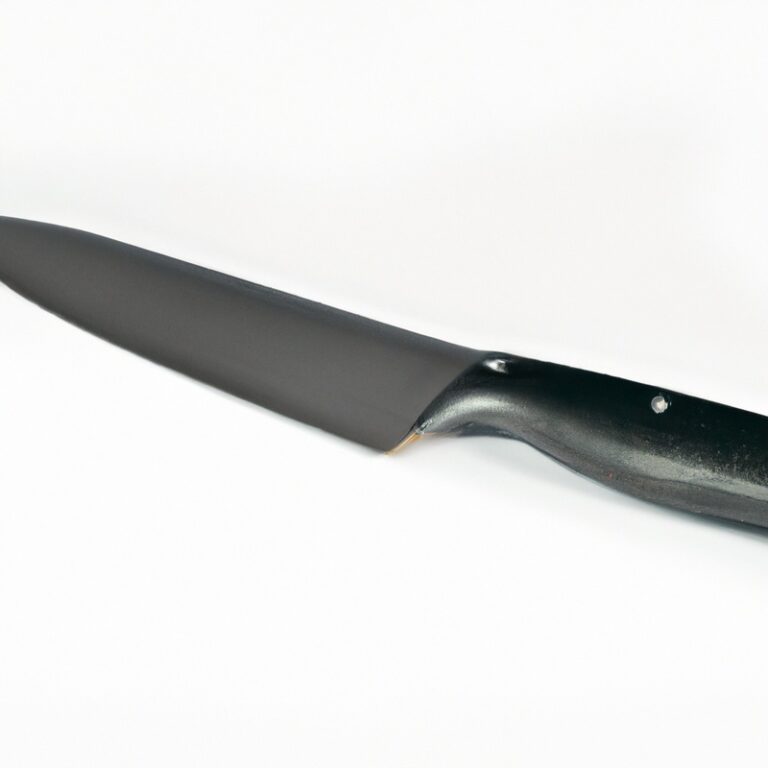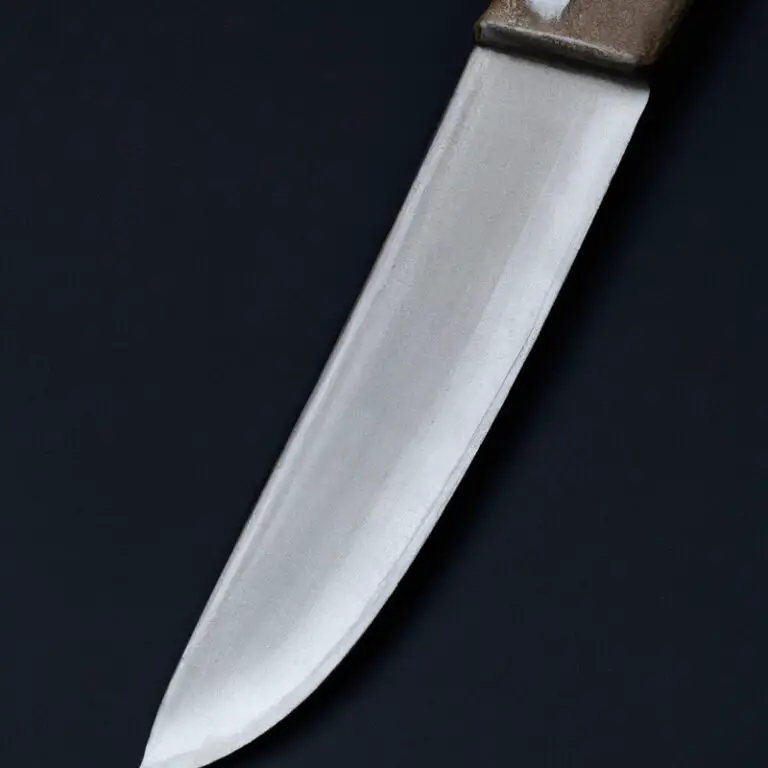How To Fillet a Pike Using a Fillet Knife Like a Pro?
Key Takeaways:
- To fillet a pike using a fillet knife, begin by removing the head and tail and making a shallow cut down the spine.
- Carefully follow the rib bones with the fillet knife to remove the fillet from the pike’s body.
- Use a sharpening steel to maintain the edge of your fillet knife, and always work on a clean cutting surface.
- Practice makes perfect – the more you fillet pike using a fillet knife, the easier and more efficient the process will become.
Are you ready to reel in a pike and take it to the table? Filleting a pike may seem like a daunting task, but with the right method and tools, it can be easy.
In this blog post, I will guide you through the step-by-step process of filleting a pike using a fillet knife.
From selecting the right knife to preparing the fish for filleting and removing the bones and skin from the fillet, you’ll soon have two perfectly filleted pike ready for cooking. So, let’s get started and turn your fresh catch into a delicious meal!
| Steps | Description |
|---|---|
| Step 1 | Place the pike on a cutting board and secure it with a clamp or by holding it firmly with one hand. |
| Step 2 | Make a cut along the back of the pike’s head, starting from behind the gills and ending at the tail. |
| Step 3 | Using the fillet knife, cut the skin from the flesh by inserting the blade into the flesh at the base of the head and gently sliding it along the spine towards the tail. |
| Step 4 | Continue cutting along the spine, separating the flesh from the bones as you go. Be careful not to cut through the bones or remove too much flesh. |
| Step 5 | Once you have filleted one side of the pike, repeat the process on the other side to remove the second fillet. |
| Step 6 | Use kitchen shears to cut the ribs away from the fillet, if desired. Remove any remaining bones with tweezers or pliers. |
| Step 7 | Rinse the fillets under cold water and pat them dry with a paper towel. They’re now ready to be cooked! |
Choosing the right fillet knife
Choosing the right fillet knife is crucial to effectively fillet a pike. When it comes to selecting a fillet knife, the blade length and flexibility are the most important factors to consider.
A blade length between 6 to 9 inches is suitable for most filleting jobs.
A flexible blade is essential to easily glide through the fish’s bones and skin without damaging the meat. Look for a high-carbon stainless steel blade, which is durable and resistant to corrosion.
The handle should have a comfortable grip to prevent hand fatigue during long filleting sessions.
Avoid purchasing cheap fillet knives because low-quality blades are harder to sharpen and can easily break under pressure, causing potential injuries. Invest in a durable fillet knife that can last for years, with proper cleaning and maintenance.
Preparing the pike for filleting
Before filleting a pike, it is essential to prepare it correctly. Start by washing the fish thoroughly and placing it on a clean surface.
Next, use a pair of sharp scissors to cut off the fins, including the dorsal fin, pelvic fin, and anal fin.
Once the fins are removed, make a small incision behind the gills and cut along the backbone of the fish until you reach the tail. Then, repeat the same process on the other side of the pike.
After making the cuts, use a pair of pliers or fishbone tweezers to remove the bones from the fillets.
Gently pull the bones out of the flesh, starting from the tail end towards the head. Once you’ve removed the bones, rinse the fillets again to remove any remaining scales or bones.
Your pike is now ready for filleting using a fillet knife.
Removing the head and tail
Next, remove the head and tail of the pike. Cut off the head just behind the gills and discard it.
Then, cut off the tail just below the base and discard it as well.
This will make it easier to access the meat and ensure that the fillets are neat and tidy. Be sure to dispose of the head and tail properly.
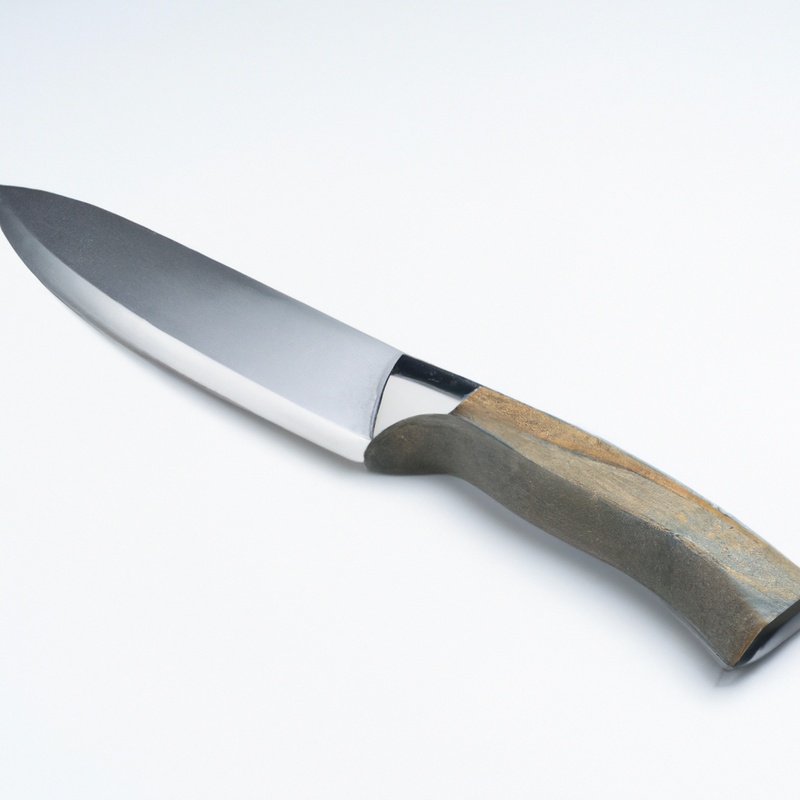
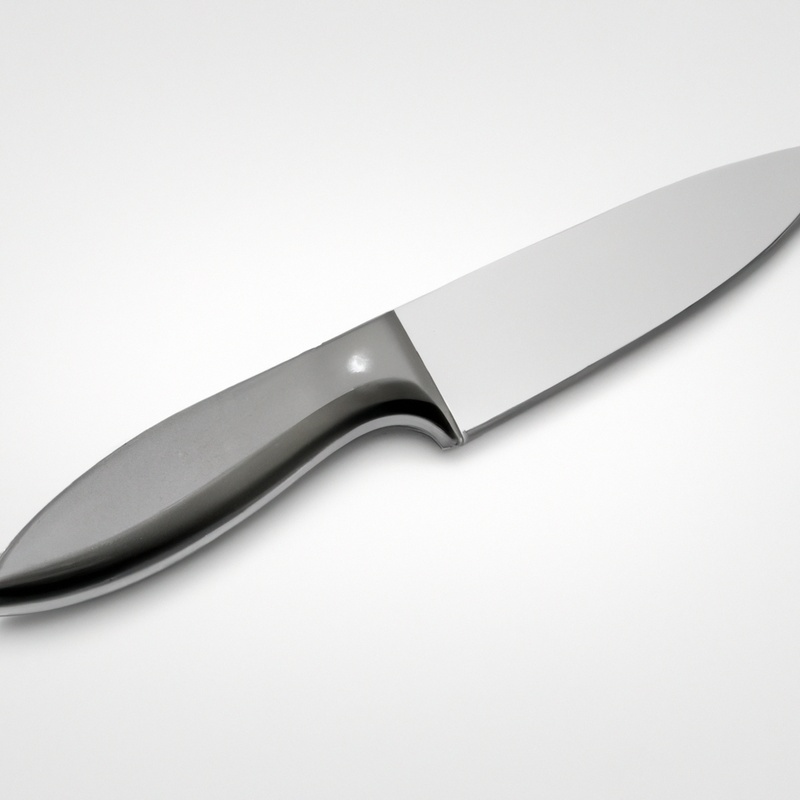
Making the first cut along the spine
To start filleting the pike, you must first make the first cut along the spine. This is a crucial step in the filleting process, as it forms the foundation for the entire fillet.
Begin by placing the pike on its side, with the spine facing up towards you.
Take your fillet knife and make a shallow incision behind the gills, where the head meets the body. You want to aim for the spine, but avoid cutting through it.
Once you’ve made this initial cut, gently insert the fillet knife into the pike and carefully follow the spine all the way down to the tail.
Use smooth, even strokes and keep the blade as close to the bone as possible. As you near the tail, start angling the blade downwards to separate the fillet from the bones.
Once you’ve reached the end of the tail, use the tip of the blade to cut through any remaining connective tissue.
Finally, repeat the process on the other side of the pike to obtain your second fillet. With practice, making the first cut along the spine will become second nature, and you’ll be on your way to perfectly filleted pike in no time!
Removing the first fillet
To remove the first fillet from the pike, start by making a cut along the dorsal fin down to the backbone. Then angle the blade towards the head and follow the contour of the fish down to the ribcage.
Use your non-dominant hand to pull the fillet away from the bone as you cut, keeping the blade as close to the ribs as possible to minimize waste.
Once you’ve removed the fillet, flip the pike over and repeat the process on the other side to obtain the second fillet. Remember to use a sharp fillet knife for best results and to take care not to puncture any organs.
Removing the rib bones from the fillet
To remove the rib bones from the fillet, place the fillet skin-side down on a cutting board and locate the bones on the underside of the fillet. Use a sharp fillet knife to make a cut along the top of the rib bones, separating them from the flesh.
Slowly work the knife around each rib bone, gently prying the bones away from the fillet as you go.
Once all of the rib bones have been removed, the fillet can be trimmed and prepared for cooking. Properly removing the rib bones ensures a bone-free and enjoyable dining experience.
Removing the skin from the fillet
To remove the skin from the fillet, place the fillet skin-side down on your cutting board. Use the tip of your fillet knife to make a small incision where the skin meets the flesh.
Grab the skin with your non-dominant hand (using a clean towel or paper towel for grip) and hold it taut while you use the knife to slice between the skin and flesh, moving in a back-and-forth sawing motion.
Cut the skin away from the flesh until the entire length of skin has been removed. If you encounter any resistance while removing the skin, stop and adjust your grip on the skin before continuing to prevent the fillet from tearing.
Make sure to discard the skin properly and repeat the process with the other fillet.
Removing the skin from the fillet is an important step for many fish recipes. When done correctly, the fillet will be left with no skin and ready to be trimmed for cooking.
Repeating the process for the second fillet
To repeat the filleting process for the second fillet, place the pike on the same side as you did before. Make the same cut behind the gills and curve the blade down along the backbone of the fish.
Keep slicing along the backbone until the fillet is completely separated.
Flip the pike over and repeat the same cut behind the gills and curve the blade down along the backbone and finish the cut to completely separate the fillet. Trim the fillets as necessary for cooking.
Remember to always use a sharp fillet knife and take your time to prevent any accidents.
Trimming the fillets for cooking
After removing the skin from both fillets, it’s time to trim them for cooking. Ensure that the fillets are clean and free of any remaining bones.
Using a sharp fillet knife, trim any excess fat from the edges of the fillets.
Keep them as uniform as possible so that they can cook evenly. You can also remove any remaining pin bones with a pair of pliers or tweezers.
Once trimmed, rinse the fillets under cold running water and pat them dry with a paper towel.
Your pike fillets are now ready to be prepared according to your recipe of choice.
Cleaning and maintaining the fillet knife after use
Proper cleaning and maintenance of your fillet knife after use is essential to ensure its longevity and performance. Rinse the blade under running water with mild soap immediately after use and dry it thoroughly with a clean cloth.
Avoid using abrasive materials to clean the blade.
Store the fillet knife in a secure and dry place to prevent any damage or corrosion. Sharpen the blade regularly to maintain its sharpness, which will make filleting easier and cleaner.
A dull blade can cause unintended injuries and affect the quality of the fillet.
Proper maintenance of your fillet knife will keep it in top condition and ensure it lasts for years to come.
Final Verdict
Mastering the art of filleting a pike takes time and practice, but with the right tools and techniques, it can be done like a pro. Remember to choose the right fillet knife, prepare the pike properly and go through the step-by-step process of making the first cut, removing the rib bones, and skinning the fillet.
And don’t forget to trim the fillets for cooking and, most importantly, clean and maintain your fillet knife after use to ensure its longevity and efficacy.
By following these simple yet crucial tips and techniques, you can confidently prepare your pike fillets like a professional chef. Happy cooking!

